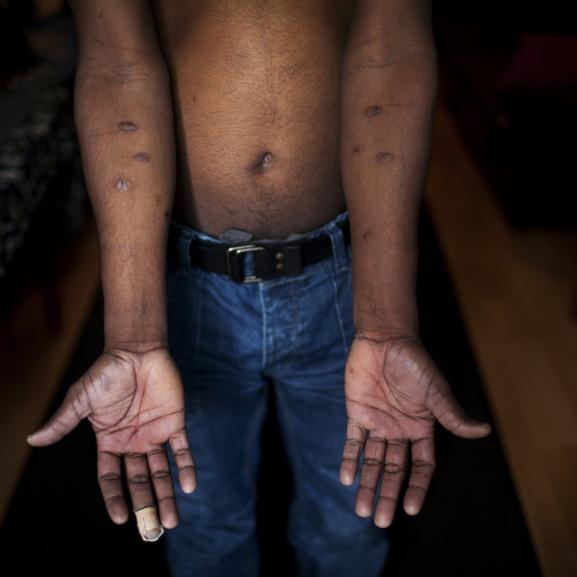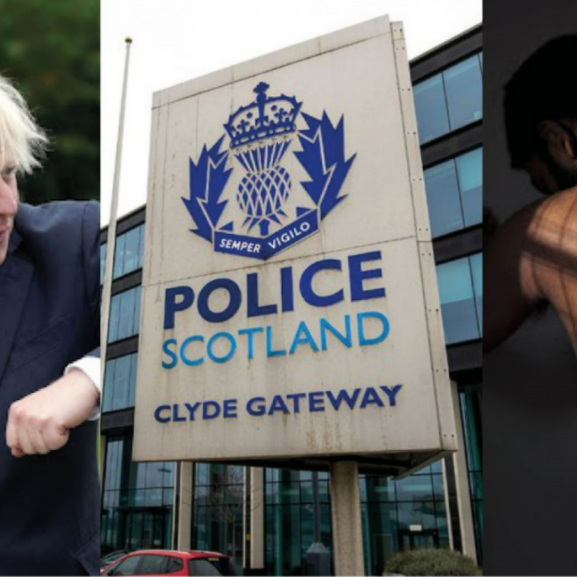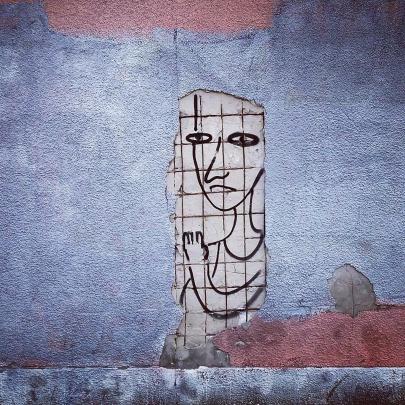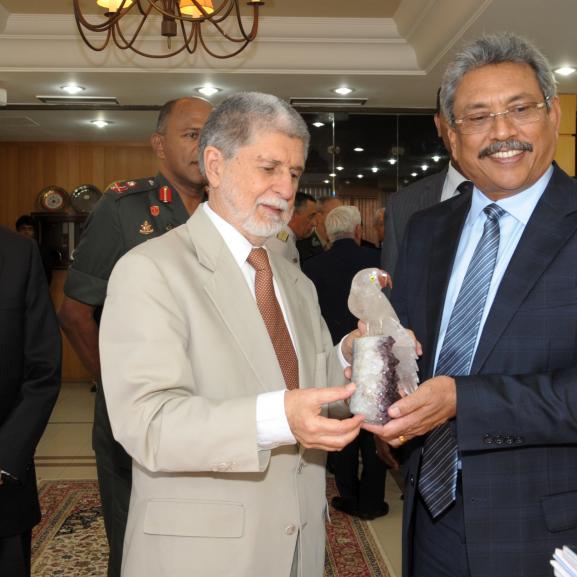Sri Lanka's withdrawal from UN Human Rights Council resolution: what it means for survivors
Sri Lanka, under Gotabaya Rajapaksa, has withdrawn from a Human Rights Council resolution which shows commitment to reconciliation, accountability and human rights. Find out why this withdrawal is so significant for both survivors of torture and the future of human rights in Sri Lanka.
In November 2019, Sri Lanka elected Gotabaya Rajapaksa as president. His election is part of a global trend towards authoritarianism in recent years, with ‘strong man’ leaders being elected across the globe (Donald Trump in the US, Jair Bolsonaro in Brazil, Rodrigo Duterte in Philippines and Viktor Orbán in Hungary to name only a few). Gotabaya Rajapaksa is the latest in a long line of leaders not just getting away with cruelty, but being rewarded for it.
Gotabaya Rajapaksa, together with his brother Mahinda Rajapaksa, have been implicated in war crimes and crimes against humanity during Sri Lanka’s long and brutal civil war in what the United Nations described as “an assault on the entire framework of international law”. They were also implicated in serious human rights violations in the period after the war ended in 2009. Gotabaya and Mahinda Rajapaksa were defence secretary and president respectively from 2005 to 2015. The extent of the serious human rights violations that occurred during their time in power cannot be underestimated.
It is not surprising therefore that 11 years after the end of the civil war, justice and accountability in Sri Lanka remain as elusive as ever. The Sri Lankan government has withdrawn support from a key United Nations Human Rights Council resolution, which outlines the country’s commitment to promote reconciliation, accountability and human rights.
In announcing the government’s intention to withdraw from this resolution, Prime Minister Mahinda Rajapaksa described those who are calling for accountability as “born traitors” who are “waiting for the first opportunity to betray the country”.
Statements like these and recent political developments in the country raise serious concerns for the delivery of human rights in the country. The international community to ensure that an international mandate on Sri Lanka remains and to respond robustly to the deteriorating human rights situation in the country and the government’s failure to provide accountability to its citizens.
For the last eight years, Sri Lanka has been the top country of origin for torture of survivors referred to Freedom from Torture for clinical services and medico-legal reports. Our doctors have documented more than 300 cases of torture by the state between 2009 and 2015, when President Mahinda Rajapaksa lost power. In 2015, Freedom from Torture published Tainted Peace: Torture in Sri Lanka since May 2009, which analysed 148 of those cases.
Who was tortured by the former Rajapaksa government and why?
Findings from our report covering the post-war period under President Mahinda Rajapaksa, Tainted Peace, show torture was widely used to persecute minorities, political dissidents and civil society during that time. Torture survivors referred to Freedom from Torture include men and women from all ages, although most were aged 26-40. The majority belong to the Tamil ethnic group and had a real or perceived association with the Liberation Tigers of Tamil Eelam (LTTE). They were targeted for being members or supporters of the LTTE or involuntary supporters, their association through family members, and others were simply wrongly imputed or imputed for being forcedly recruited.
Key findings include:
- Even after the end of the civil war, the Sri Lankan military, police and intelligence services continued to practice torture in a network of torture facilities across Sri Lanka, including unofficial detention centres;
- Sri Lankan citizens at particular risk of torture were Tamils with a real or perceived association with the Liberation Tigers of Tamil Eelam (LTTE), (whether direct or indirect through family members) at any level and whether current or historic; and
- The lack of due process reported, and the heavy scarring left on the bodies of victims, suggest that the perpetrators commit torture with impunity and without fear of the consequences.
Where and how were people tortured in Sri Lanka?
Torture took place in a variety of state-run facilities in different parts of the country, including military and intelligence facilities, police stations, camps for internally displaced people and so-called ‘Rehabilitation Centres’. Men and women were detained without observance of any due process rights, held in poor detention conditions, and often forced to sign documents after being tortured.
Physical torture
Men and women were subject to blunt force trauma of various forms during interrogation sessions and while in their cells. People described being beaten with a variety of objects on different parts of their body, including the head, and soles of the feet (known as ‘falaka’). Burning was another common method. Most were burned with either metal objects or cigarettes. Some survivors were also burned with other materials, such as caustic substances, electric shocks, scalding liquid, molten material, burning paper, firecrackers and charcoal. Suspension and forced positioning was also reported, often carried out concurrently with other forms of torture. Common forms of suspension used included ‘butchery’, ‘reversed butchery’, ‘cross suspension, and ‘parrot perch suspension’. The asphyxiation method most commonly reported was forcible immersion of the head in water, often when the person was suspended upside down. People also reported the forced aspiration of petrol or chili powder and the use of ‘waterboarding’.
Sexual torture
Evidence of sexual torture was widespread between both men and women. Forms of sexual torture described include rape (anal, vagina, oral and instrumental), beating and other violence to the genitals, sexual assault by touching, sexual humiliation and individuals being forced to commit sexual acts on others. Women described being repeatedly raped by different officers. They were subject to vaginal and anal rape, often in the same torture episode, as well as rape with implements such as glass bottles and batons. Women also described being burned with cigarettes, beaten, bitten, cut or stabbed while being raped. In some occasions women were forcibly administered drugs or alcohol. Men who were raped described being subject to anal rape, oral rape and rape with instruments, such as glass bottles, plastic or metal pipes or batons. Other forms of sexual torture inflicted on men include having their testicles or penis squeezed, twisted, beaten or slammed in a drawer. Some men suffered sexual humiliation, such as being forced to masturbate others, being urinated or ejaculated on, or being forced to swallow semen or urine.
Why is this important?
Justice is a recurring theme in discussions that Freedom from Torture has with torture survivors from Sri Lanka and many other parts of the world, as we help them to rebuild their lives. Many survivors observe that the process of seeking justice helps them recover by affirming the unfairness of what they endured, restoring some measure of control which their torturers tried to take away and contribute to torture prevention efforts so that others are protected from the same suffering.
Yet, President Rajapaksa has signalled a death knell for justice. In his inaugural campaign speech, he promised to release "all war heroes who were unjustly imprisoned". This includes soldiers imprisoned for mass murder and gang rape and is a process that has already started. He has also argued that investigations into war crimes by security forces is a “humiliation and victimisation” of police officers which has left the country vulnerable to a “re-emergence of terrorism”. Rajapaksa’s appointment of key figures during the civil war to government positions also signals his lack of commitment to bring justice to victims. Two of the most notorious appointments are Kamal Gunaratne, former Army Commander, as Secretary of Defense and C. A. Chandraprema, former death squad member, who has been nominated as the new Permanent Representative to the United Nations Human Rights Council.
The government states that it intends to “achieve sustainable peace through an inclusive, domestically designed and executed reconciliation and accountability process”, yet there has not been a good track record to date by any government on delivering on domestic remedies. Human rights violations, including torture, have continued. Sri Lankan torture survivors see a direct link between continued violations, successive failures of justice and accountability and the culture of impunity with the undermining of reconciliation efforts. Reconciliation cannot happen without a meaningful justice and accountability process. Tamil survivors have also made clear that any justice element that relies solely on domestic justice and accountability mechanisms is not credible.
With little chance of domestic remedies delivering accountability, the Human Rights Council resolution is an important mechanism by which Sri Lankan survivors could seek accountability. Torture survivors receiving Freedom from Torture’s services identified the Human Rights Council process as an important mechanism for delivering justice and accountability, in spite of its flaws. The international community cannot turn its back on Sri Lankan victims and allow impunity to flourish in the country. That would not only be failing Sri Lankan nationals but also the entire rule-based system on which the United Nations is based. Now that the government has signalled its intention to walk away from the process, the international community must ensure that international oversight of Sri Lanka continues. It is clear that much of the most significant progress towards accountability in the country has taken place only at times of international scrutiny.
Gotabaya Rajapaksa has declared himself to be president for “Sri Lanka’s future”. But a strong future is not achieved by ignoring and denying the crimes of the past.
Banner image credit: Jean-Marc Ferré, used under Attribution-NonCommercial-NoDerivs 2.0 Generic






